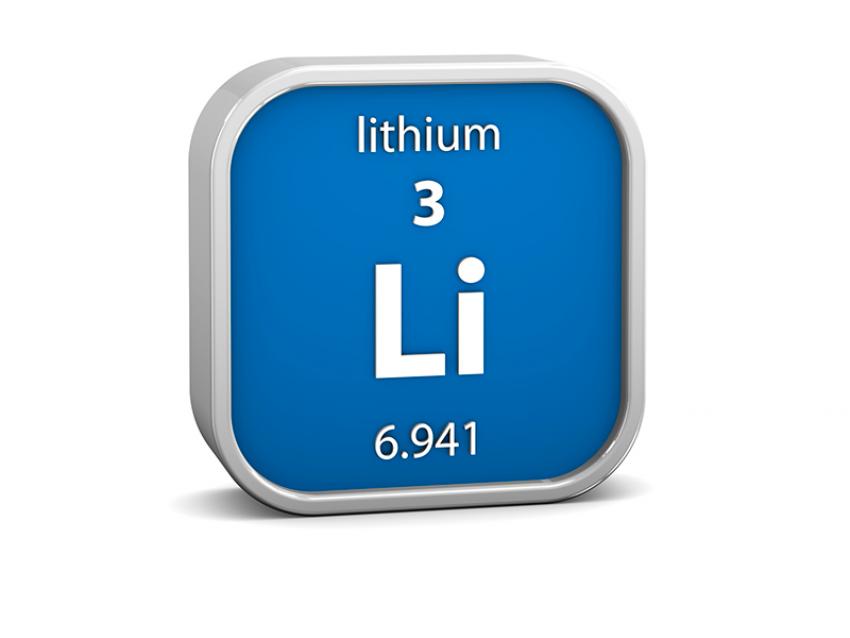Batteries based on silicon can theoretically hold up to ten times as much charge as the ones currently used in laptops and mobile phones, but scientists have been unable to realise this potential. A new technique allowing researchers to follow the chemical reactions happening inside a battery in real time offers the hope that a better understanding will lead to a breakthrough in performance.
Why are lithium silicides interesting?
- Lithium-ion batteries are ubiquitous – almost every portable electronic device contains one.
- In the future, electrical energy storage will become even more important, both for electric and hybrid-electric vehicles and for grid energy storage as electricity generation moves towards intermittently available renewables.
- An electrochemical cell contains an anode, a cathode and an electrolyte. While a lithium-ion cell is discharging, lithium ions move from the anode to the cathode through the electrolyte to balance the charge of the electrons flowing through the circuit. During charging, this process reverses and the lithium ions move from the cathode to the anode. A good anode material can store a lot of lithium (per mass/volume of material) but will release it very easily during discharge.
- Lithium silicides have the highest gravimetric capacity (amount of lithium stored per mass of anode) of any proposed anode material other than pure lithium metal. Its theoretical capacity is 3579 mAh/g – almost ten times that of graphite, the anode material used in the vast majority of commercially available LIBs.
- LIBs with lithium silicide anodes tend to degrade and lose their capacity very quickly, making them unsuitable for repeated recharging. There are several processes responsible for this, ranging from mechanical cracking due to the swelling of the material as lithium is inserted and removed, to reactions with the electrolyte.
- My research aims to understand the processes occurring during charging and discharging of lithium silicide based LIBs.
7Li Nuclear Magnetic Resonance (NMR)
- NMR probes the local electronic environment of nuclei of a particular element and isotope in a sample.
- NMR can be used to track the insertion and removal of lithium from the sample, and the internal phase changes that take place show up as changes in the local environment around lithium.
- With colleagues and collaborators, I have developed a silicon nanowire (SiNW) model system for in situ NMR measurements on a cell as it is charged and discharged. The SiNW system is also good for simple electrochemical experiments.
- Since the software tools available for processing and error-correcting data log files from electrochemical test stations are often rather rudimentary, I have developed my own improved tools for analysing and processing this data.
Neutron total scattering and Reverse Monte Carlo (RMC) analysis
- Lithium is a light element (Z=3) and therefore has very weak contrast in X-ray scattering. Its neutron scattering length is much closer in magnitude to those of heavier elements, so neutron scattering is a good tool for resolving the position of the lithium atoms in a battery material.
- Typically, in x-ray or neutron diffraction, only the sharp Bragg peaks (corresponding to regular long-range crystalline order) are considered. Total scattering is the measurement not only of the Bragg peaks but also the diffuse scattering between the peaks, with rigorous correction for the background scattering. This diffuse scattering gives information about short-range order that is not repeated in a regular pattern across the entire sample.
- The Reverse Monte Carlo technique adapts the well known Metropolis algorithm to find crystal structures that fit the observed scattering pattern and/or other experimental data. Running it for a long time produces an ensemble of atomic configurations, all of which fit the observed data more-or-less well, which can be used for statistical analysis of e.g. bond length and angle distributions..
- Currently-available RMC codes can only handle samples containing a single material. Since battery materials are usually mixtures or composites, these codes are unable to process data from battery materials correctly. I am updating and extending the RMCprofile program to enable it to handle data from samples containing multiple phases.

